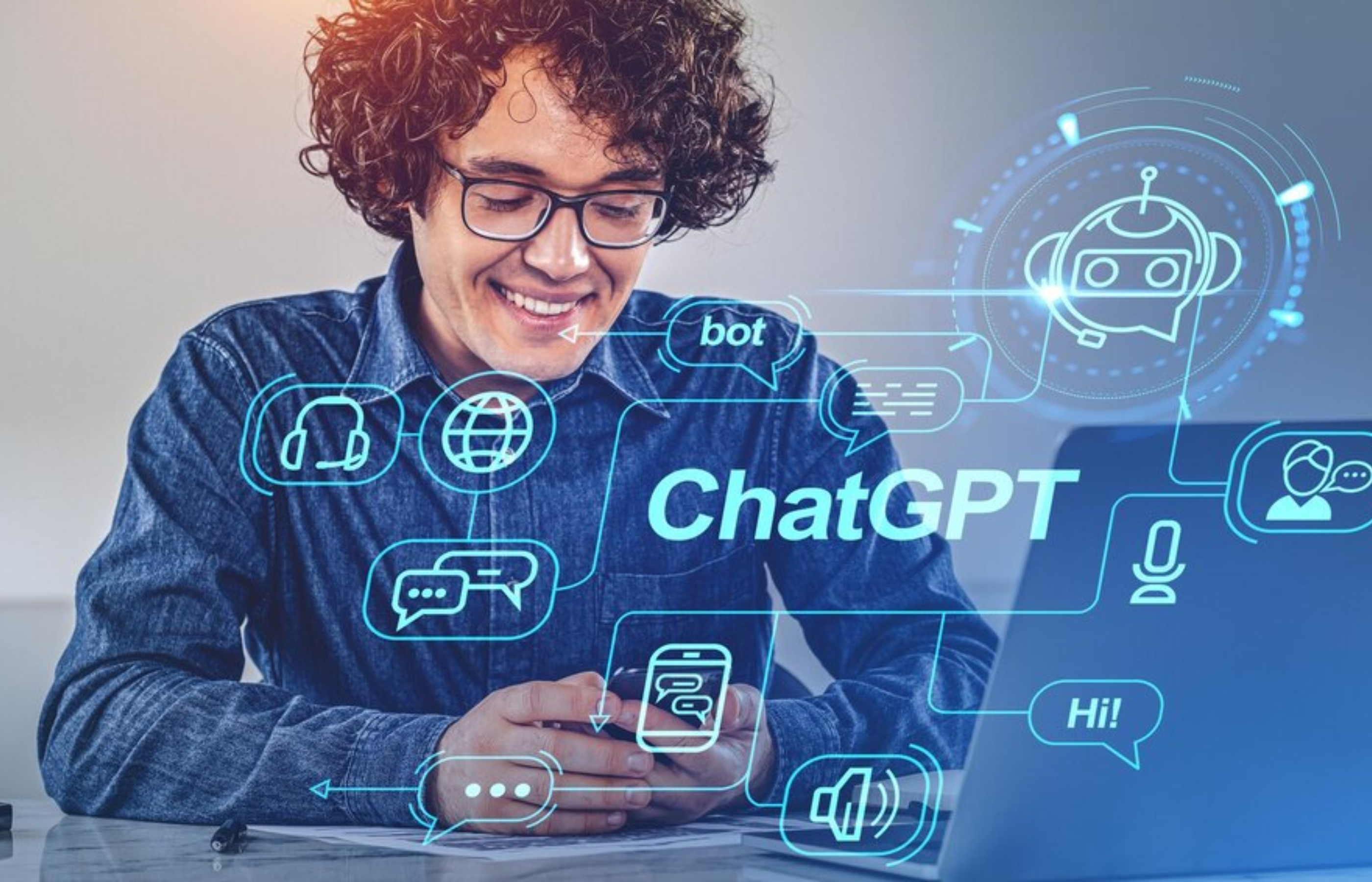
Introduction: ChatGPT, an AI-powered language model developed by OpenAI, has revolutionized the way we interact with technology. Its ability to generate human-like text and respond to a wide range of queries has made it a powerful tool for various industries and use cases. In this blog post, we will explore what ChatGPT is, how it works, its current applications, and the potential future directions for this groundbreaking technology.
1. Understanding ChatGPT:
What Is ChatGPT?
Provide an overview of ChatGPT as an AI model based on the GPT architecture. Explain its capabilities, such as text generation, language understanding, and conversational abilities.
How ChatGPT Works:
Explain the model's training process, which involves large datasets and advanced machine learning techniques. Describe its natural language processing (NLP) capabilities.
2. Current Applications of ChatGPT:
Content Generation: Discuss how ChatGPT is used for creating high-quality content, such as articles, blog posts, and marketing materials.
Customer Support: Explore how ChatGPT can be integrated into chatbots to provide efficient and human-like customer support.
Language Translation: Highlight the model's ability to translate text across different languages, making it useful for global communication.
Creative Writing: Showcase how ChatGPT can be used for generating creative works such as stories, poems, and scripts.
Code Assistance: Discuss how developers can use ChatGPT to assist with coding tasks, including writing code snippets and debugging.
3. Ethical Considerations and Challenges:
Bias and Fairness: Address concerns about bias in AI models and how it can affect the quality and fairness of ChatGPT's responses.
Misinformation: Explore the potential risks of ChatGPT generating misinformation and how these risks can be mitigated.
Privacy and Data Security: Discuss the importance of protecting user data and maintaining privacy when using ChatGPT.
4. Potential Future Directions:
Improved Customization: Predict advancements that may allow for greater customization of ChatGPT for specific industries and use cases.
Enhanced Human-AI Collaboration: Explore how future versions of ChatGPT may better understand context and work seamlessly alongside humans.
Voice and Multimodal Capabilities: Discuss potential developments in integrating voice and other multimedia inputs and outputs into ChatGPT's capabilities.
Continued Ethical AI Development: Predict how the industry will continue to address ethical challenges and develop guidelines for responsible AI use.
5. Conclusion:
ChatGPT has already made a significant impact across industries, and its potential for future growth is promising. As the technology evolves, it is essential to balance its powerful capabilities with ethical considerations and continuous improvements. By staying informed about ChatGPT and its advancements, businesses and individuals can leverage this technology to enhance productivity and creativity in the years to come.